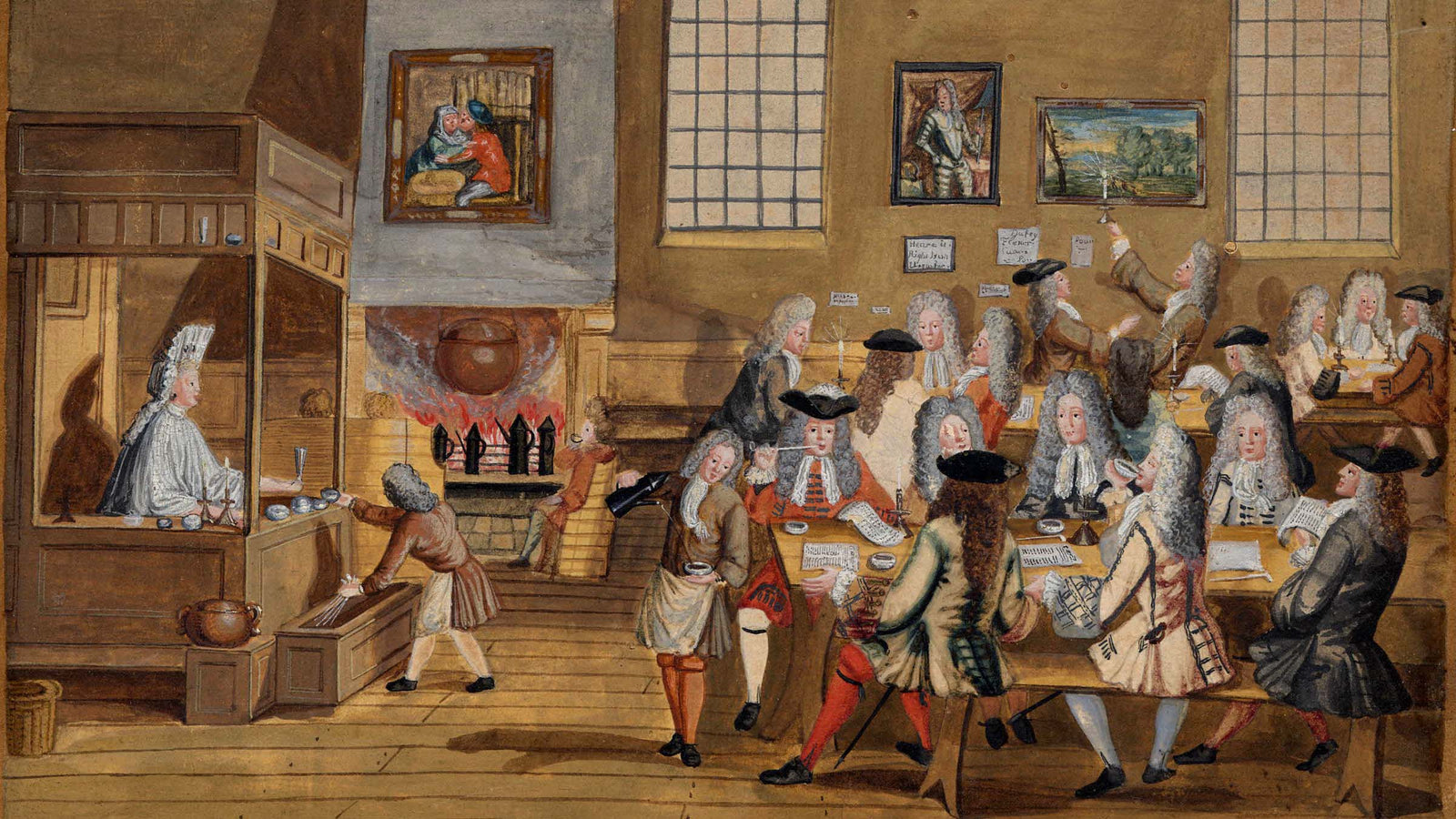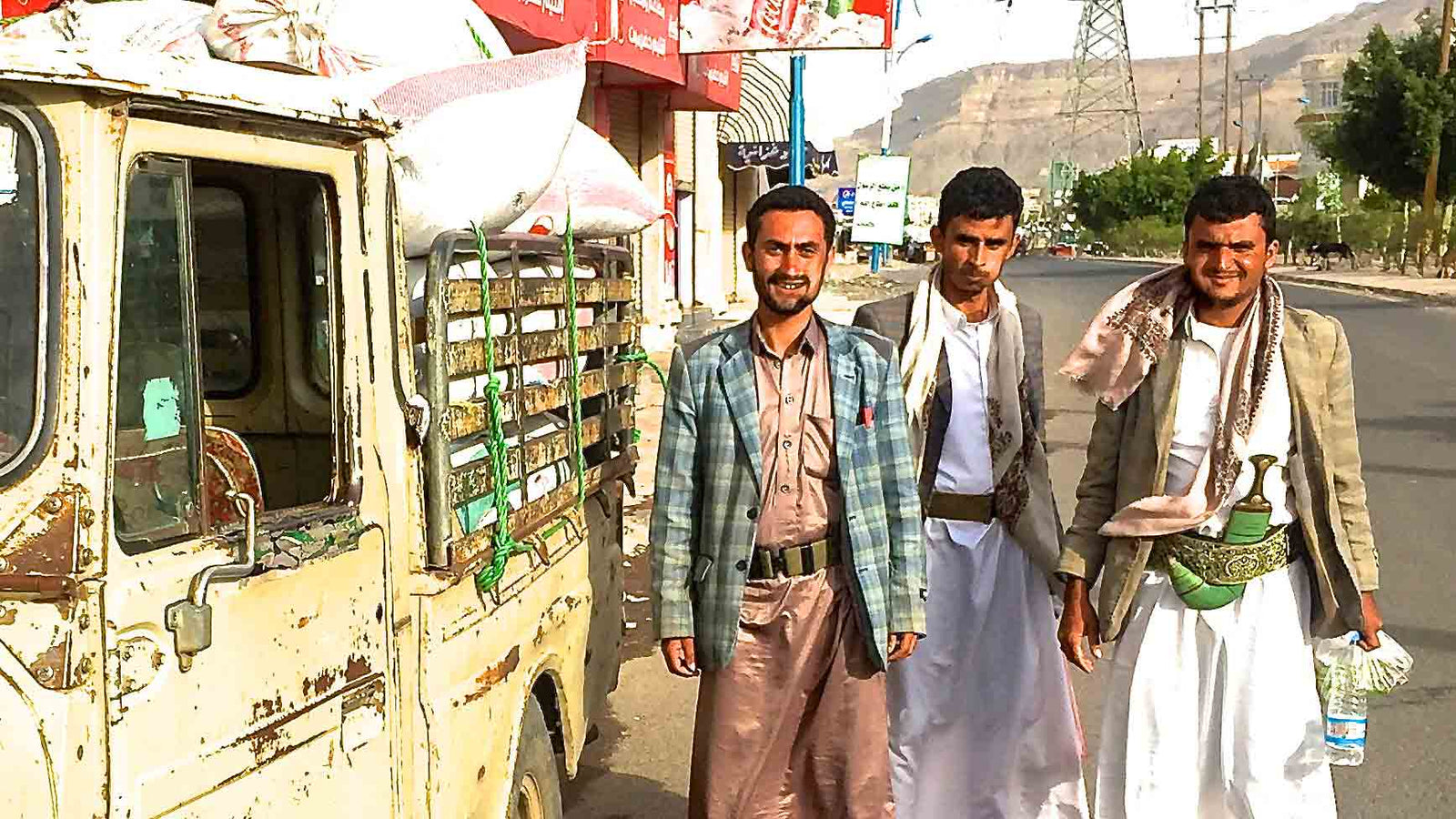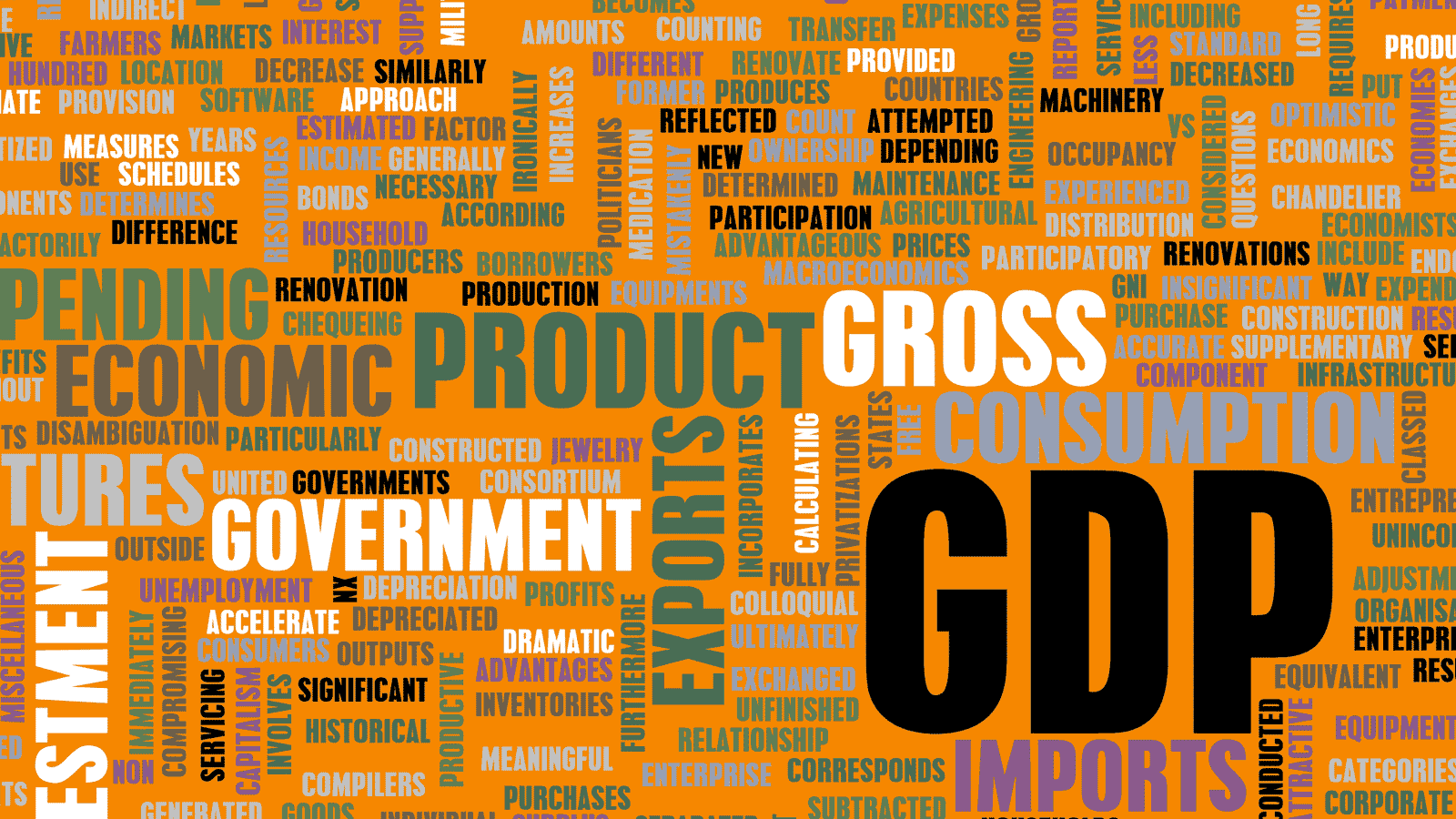Yemen Lays Claim to the Birth of the Coffee Industry, Beginning in Remote Sufi Monasteries Over 500 Years Ago

The Discovery
In 1450, Sufi monks in Yemen were the first to cultivate coffee plants and brew the drink we know today as coffee.

Camel Transport
Coffee traveled from Yemen's highlands by camel.

Port of Al Mokha
Yemen monopolized world coffee trade for 200 years, shipping tons of sterile beans from the port of Al Mokha.

Global Pastime
Drinking coffee gained popularity worldwide, with coffee shops opening in Europe beginning in 1650.

TERRACE-GROWN
Coffee is grown on terraces carved into Yemen's rugged terrain.

HAND-PICKED
Ripened coffee cherries are hand-picked on small family farms.

SUN-DRIED
Cherries are dried on rooftops, revealing the coffee seeds within.

The Secret to the Best Possible Mocha-Java Blend
If you’ve been hanging out with us at Al Mokha for some time, you know that "Mocha" or "Mokha" means coffee from Yemen. And you’ve heard the story before: coffee cultivation started in Yemen circa 1450 and shipped from the port city of Al Mokha; and that’s how place name became synonymous with product.
Similarly, if you scratch your head a moment, you may think, hmm…maybe "java" literally means coffee from the Indonesian island of Java. And you’d be right.
Not only that, but you would be putting your finger on the “world’s second coffee™”. In about 1699, the Dutch East India Company began cultivating and exporting coffee from Java. This new origin ended Yemen's 250-year monopoly.
So there you go, and it’s pretty obvious how you would end up with a blend. Take Mokha + Java—i.e. world’s first and second coffee—and voila, "Mocha-Java," the World’s First Blend™. This is hardly a complex mathematical equation.

Is a $1 Billion Coffee Sector in Yemen a Good Idea?
In my last post, I talked about numbers, about progress and about impact we could measure at Al Mokha. Economists tend to get wrapped up in numbers. This group of people is richer, you might say, and an economist wants to know, okay, but how do measure “rich”? Is it how much money or how many assets they have; is it how much they earn? How do you get a representative sample to answer your questions? How do you know that someone’s observable (or unobservable) characteristics aren’t influencing the way they perceive the question?
Economists have largely settled these questions. With a little effort, you could get to a point where you could measure “rich” satisfactorily, where you could answer the question of who is richest.
But some questions are simply unanswerable within the paradigm of statistical causality. Some of those questions are ones that Al Mokha wants to answer.
For instance, is coffee the best answer to Yemen’s woes?

Yemen's $1 billion Coffee Opportunity
As a development economist with interests that are a little outside the norm, I spend a lot of my day thinking about how to measure unmeasurable things. How prevalent is a certain belief? And how does it affect people’s behavior? Can one violent event, or experience, be objectively seen as worse or more violent than another? And if so, what determines that violence—scope, tenor, frequency? How do we fix it?
So, when Anda told me he wanted to start thinking more about impact and measurement at Al Mokha, I jumped up and down with glee. From the moment he and I first talked development and coffee in Cambridge almost a year ago, I’d been questioning, "cool, but how do you measure that?"



